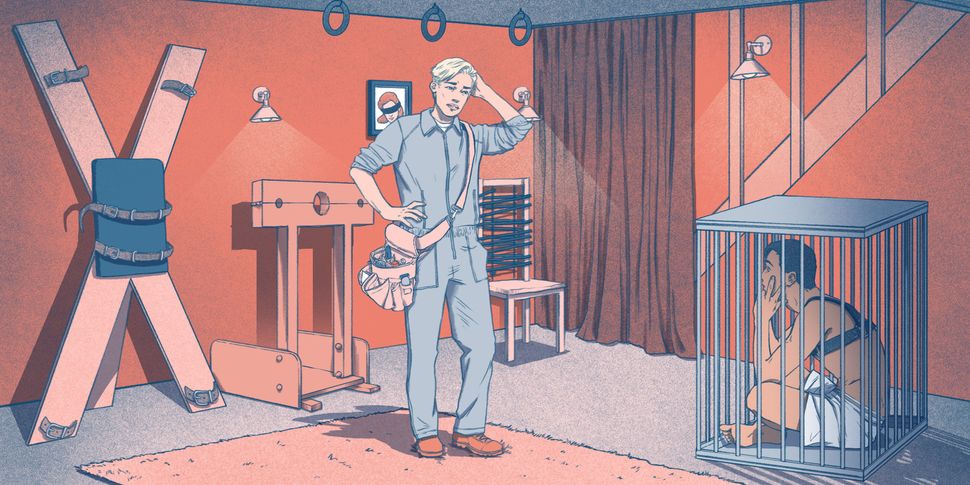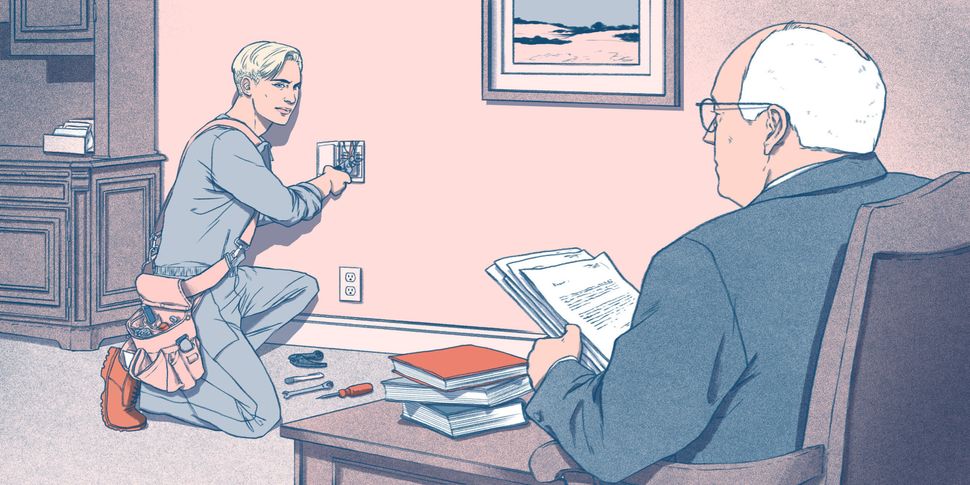De senaste åren har en ny typ av missbruk ökat kraftigt i Sverige. Det handlar om illegala narkotiska läkemedel som kan beställas på nätet och smugglas in i stora mängder. Men det mest överraskande är ändå inte mängden narkotika. Det är vem som använder den.
2014 beslagtog Tullverket en halv miljon illegala narkotiska läkemedel i postflödet.
Tre år senare var siffran uppe i 1,7 miljoner.
Missbruket av den här typen av narkotika ökar snabbt
– Vi ser ju långt ifrån allt som kommer in i Sverige, men vi är helt säkra på att ökningen motsvarar en efterfrågan på marknaden. Med andra ord ökar missbruket av den här typen av narkotika snabbt, säger Morgan Hedin, analytiker på Tullverket, i ett avsnitt i KITs pågående dokumentärserie om Isak Legler som dog av en överdos i januari 2018.
Illegala narkotiska läkemedel är ungefär vad det låter som; läkemedel som sjukvården har tillgång till och kan skriva ut på recept, men som säljs illegalt utan läkares recept.
Nästan all sådan tillgänglig narkotika kommer från utlandet.

Benzo och tramadol
Listan på preparat är lång, men vanligast är bensodiazepiner (eller benzo som det kallas) och Tramadol. Benzo är en grupp lugnande läkemedel , till exempel Diazepam, Stesolid och Xanor.
Tramadol är en opioid som används för smärtlindring som även är ångestdämpande. Nästan hälften av alla beslag Tullverket gör är just Tramadol.
Men det är kanske ändå inte ökningen av narkotiska läkemedel som överraskar mest. Det är vilka användarna är.
– Tittar vi på beslagen i postflödet skiljer det sig dramatiskt från vilka som missbrukar vanlig narkotika som amfetamin, kokain och heroin. Där står män för 85 procent av missbruket, de allra flesta av dem är mellan 20 och 40 år gamla, säger Morgan Hedin.
Var är ungdomarna?
– När det gäller narkotiska läkemedel finns användarna jämt spridda över befolkningen. Det är i princip lika vanligt bland kvinnor som män, och det används av alla åldersgrupper. På så sätt har det nästan karaktären av ett folkhälsoproblem.
Den enda grupp som saknas nästan helt i Tullverkets beslag är ungdomar under 20 år.
– Först trodde vi inte riktigt på våra siffror, vi pratar ju ändå om den mest internetmogna generationen någonsin. Det känns nästan orimligt att de inte skulle köpa droger på nätet, säger Morgan Hedin.

Köper från langare
Men efter att siffrorna kontrollerats noggrant var man säker på att det stämde. Betyder det att ungdomar inte använder illegala narkotiska läkemedel?
Dagens missbrukare ser inte ut som de gjorde förr
– Nej, det finns det inga bevis för alls, snarare tvärt om. Men efter att vi undersökt saken närmare bland annat genom ett antal djupintervjuer insåg vi att orsaken var rätt lättförståelig.
– Många ungdomar bor kvar hemma och har alltså ingen egen postadress. De vill inte att det ska komma okända paket från utlandet som föräldrarna ser, så de köper hellre sina droger från langare som de får tag i på olika sätt.
Epidemi av Tramadol
Ökningen av illegala narkotiska läkemedel är inte en trend som bara finns i Sverige, utan på många platser i världen. I vissa afrikanska länder talar man till och med om en Tramadolepedemi och i England har man sett en stor ökning av benzomissbruket.
FN:s organ för illegala droger, UNODC, skriver mycket om narkotiska läkemedel i sin årsrapport om drogläget i världen. UNODC talar bland annat om ett producentdrivet missbruk, alltså att det ökade missbruket beror på en ökad produktion av och tillgång på illegala narkotiska läkemedel.

Receptfritt i många länder
När det gäller Tramadol beror det här på en ganska uppenbar omständighet: Läkemedlet är receptfritt i stora delar av världen. Mycket av den Tramadol som når Europa och Sverige är tillverkad i Indien, där läkemedlet är helt receptfritt – och därför också i praktiken kan tillverkas och säljas helt öppet och i hur stora kvantiteter som helst (Boko haram och IS i Libyen är för övrigt stora kunder).
Det räcker med en enkel googling för att hitta nätapotek utanför Europa som säljer det över disk
– Sverige nås dels genom postflödet, dels genom insmuggling i landet över gränsen med mer traditionella metoder, säger Morgan Hedin.
Under de senaste åren har flera spektakulära smugglingsoperationer avslöjats, bland annat när 120 000 tabletter smugglades in i Sverige i en serbisk ambulans i januari 2018.
Men det finns även tillfällen då ligor försökt smuggla in stora mängder via just postflödet. I oktober åtalades till exempel tre bröder i Borås för att ha smugglat in totalt 470 000 tabletter Tramadol och benzo i postpaket.

Lätt att köpa på nätet
Stora volymer når alltså Sverige via den organiserade brottsligheten, men att själv beställa Tramadol på internet är ingen svår sak. Det behövs inte ens att man använder det så kallade dark web, alltså anonyma, hemliga mötesplatser på internet. Det räcker med en enkel googling för att hitta nätapotek utanför Europa som säljer det över disk, utan krav på recept.
– Den typen av försändelser har vi dock lättare att hitta, brev från till exempel Indien passerar en annan kontroll än brev som sänds inom EU. Därför är det ett större problem för oss att det också går att beställa från länder inom EU, säger Morgan Hedin.
Det verkar som om ett antal länder i Europa blivit hubbar för ompaketering av tramadol från Indien, bland annat Rumänien, Storbritannien och Schweiz.
Den nya missbrukaren
Morgan Hedin berättar om de narkotiska läkemedlen i KITs dokumentärserie om 24-åriga Isak Legler som dog av en överdos i januari 2018. Dokumentären är en öppen undersökning där vi publicerat nya avsnitt allt eftersom, du kan se alla avsnitt i serien här. Och här är det senaste:
Isak motsvarar på många sätt bilden av en ny slags missbrukare som vuxit fram i spåren av den illegala läkemedelsexplosionen: Han hade en trygg uppväxt, kommer från en familj utan socioekonomiska problem med en stark förankring i samhället . Hans missbruk började som en form av självmedicinering mot ångest, depression och sömnsvårigheter.

Lätt att se som självmedicinering
– De narkotiska läkemedlen kommer i kartor där det står angivet vilket läkemedlet är och dess styrka. Det går att googla sig till exakt vilka effekter det har, säger Morgan Hedin.
Många hinner rätt långt i sitt missbruk innan omvärlden märker något och slår larm
– Det ger en helt annan känsla av trygghet än att köpa narkotika i form av pulver. Där vet man ju egentligen inte alls vad det är man får i sig förrän man faktiskt provar. Att det narkotiska läkemedlet är ett läkemedel gör det också enklare att se det som just självmedicinering snarare än narkotikamissbruk.
I dokumentären om Isak är den här trenden tydlig, likaså att den här gruppen missbrukare är svår att hantera för samhället.
– Dagens missbrukare ser inte ut som de gjorde förr, man kan inte se på folk vem som tar droger eller inte, säger Erik Nord, polischef i Göteborg.
– Det gör tyvärr också att många hinner rätt långt i sitt missbruk innan omvärlden märker något och slår larm.

En ny grupp även i tvångsvården
På Statens institutionsstyrelse, Sis, som har hand om all tvångsvård i Sverige, har man en liknande upplevelse.
Efter gymnasiet kan det kollapsa fort och leda till livsfarliga överdoser
– För tio år sedan var det sällsynt med folk under 25 år inom tvångsvården, men nu är personer som är mellan 20 och 30 den största gruppen, säger Torgny Alström, biträdande institutionschef på Gudhemsgården där Isak tvångsvårdades sommaren 2016.
– Många unga som kommer hit har börjat sitt missbruk redan i högstadiet. De har tagit reda på saker om drogerna på nätet, sedan börjat beställa hem, säger Alström.
– Deras missbruk ökar och så länge de går i skolan funkar deras liv, men efter gymnasiet när de ska ut i verkligheten kan det kollapsa fort och leda till livsfarliga överdoser, vilket gör att de får tvångsvård enligt LVM och kommer till oss. De vill ofta prata om självmedicinering, men det är inte en beskrivning som vi går med på under vår vård.

Låga straffvärden
Men det finns antagligen även mer pragmatiska skäl till att missbruket av narkotiska läkemedel ökar så snabbt.
– Det är billig narkotika, straffvärdena är låga och tillgängligheten är stor, säger Morgan Hedin.
– De flesta försändelser vi tar i postflödet är beställningar som privatpersoner gjort. Vi förstår att det är för eget bruk på grund av de relativt små mängderna. Risken för att åka fast är liten. 500 tabletter och under utgör bara ett ringa brott, vilket i normala fall innebär högst dagsböter. Och även om vi ser vad det står för namn på paketet är våra möjligheter att bevisa att det faktiskt är samma person som beställt varan nästan obefintliga.

Ingen optimism
– Jämför det med till exempel Subutex, ett läkemedel som var populärt att missbruka i för tio år sedan. Det är farligt, men inte farligare än många av dagens illegala narkotiska läkemedel. Där får man fängelse för innehav av ganska små mängder, trots att det läkemedlet idag står för en ytterst marginell del av våra beslag.
Mängden beslag i postflödet minskade något under 2018, men det verkar tyvärr inte orsaka någon optimism hos Tullverket.
– Nej, minskningen berodde på att Postnord flyttade sin verksamhet för postförsändelser från utlandet från Arlanda till Örebro, säger Morgan Hedin.
– Det har varit en hel inköringsproblem med att få vår verksamhet att fungera med posthanteringen under 2018, så den uteblivna ökningen av tillslag kan förklaras helt med det.
De vanligaste narkotiska läkemedlen som Tullverket beslagtog i postflödet under 2018:
1. Tramadol, 44 procent
2. Alprazolam (benzo, främst Xanor), 18 procent
3. Diazepam (benzo, tex Stesolid), 17 procent






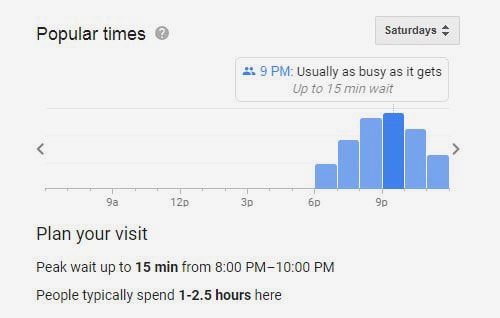






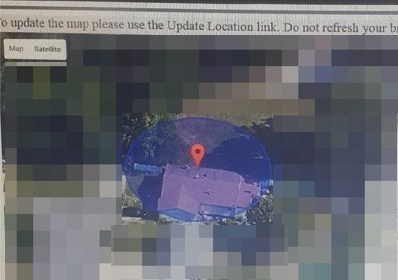


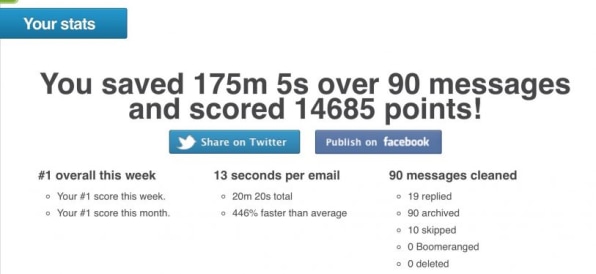

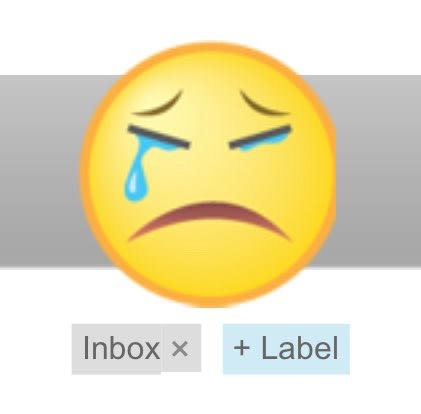





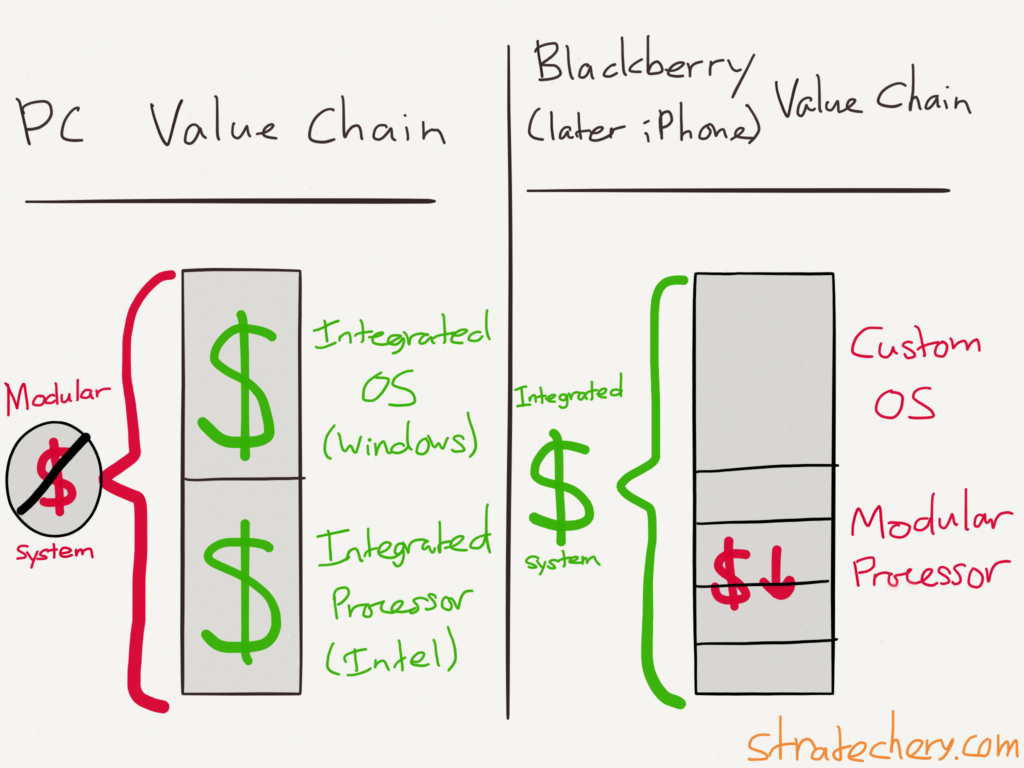

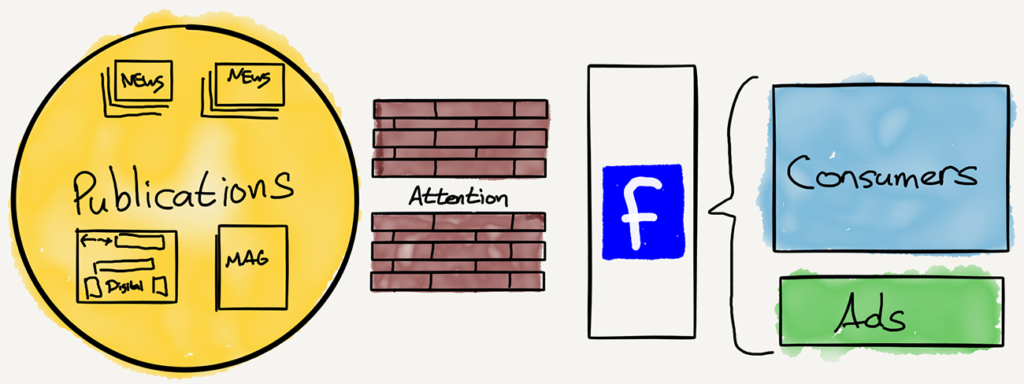
 Lemire builds up the mythology of the Black Barn with the virtuosity of David Lynch fleshing out the mysteries of Twin Peaks, but because this is comics, and because Lemire is working with the amazing artists Andrea Sorrentino and Dave Stewart, the visions of the supernatural in Gideon Falls are spectacular and transporting, creating a sense of frightening, off-kilter dimensions that's straight out of a fever dream.
Lemire builds up the mythology of the Black Barn with the virtuosity of David Lynch fleshing out the mysteries of Twin Peaks, but because this is comics, and because Lemire is working with the amazing artists Andrea Sorrentino and Dave Stewart, the visions of the supernatural in Gideon Falls are spectacular and transporting, creating a sense of frightening, off-kilter dimensions that's straight out of a fever dream.













